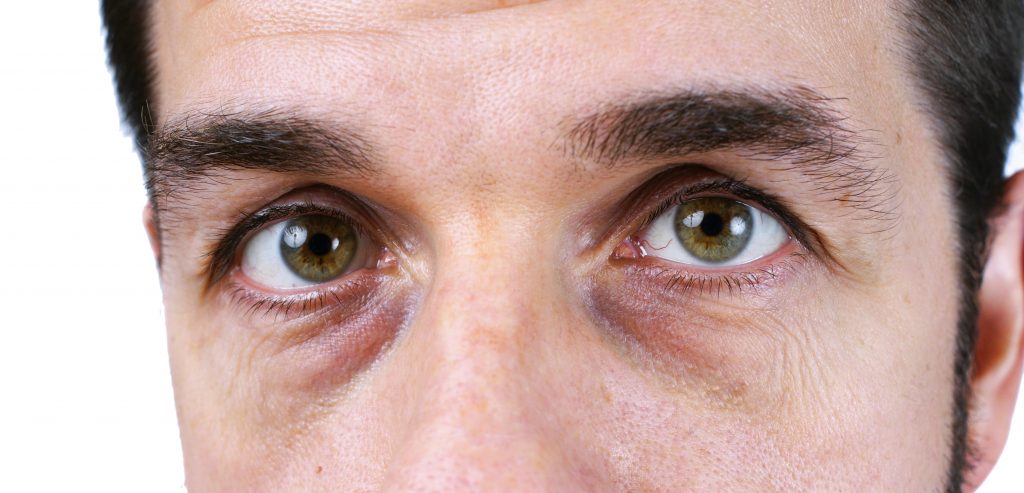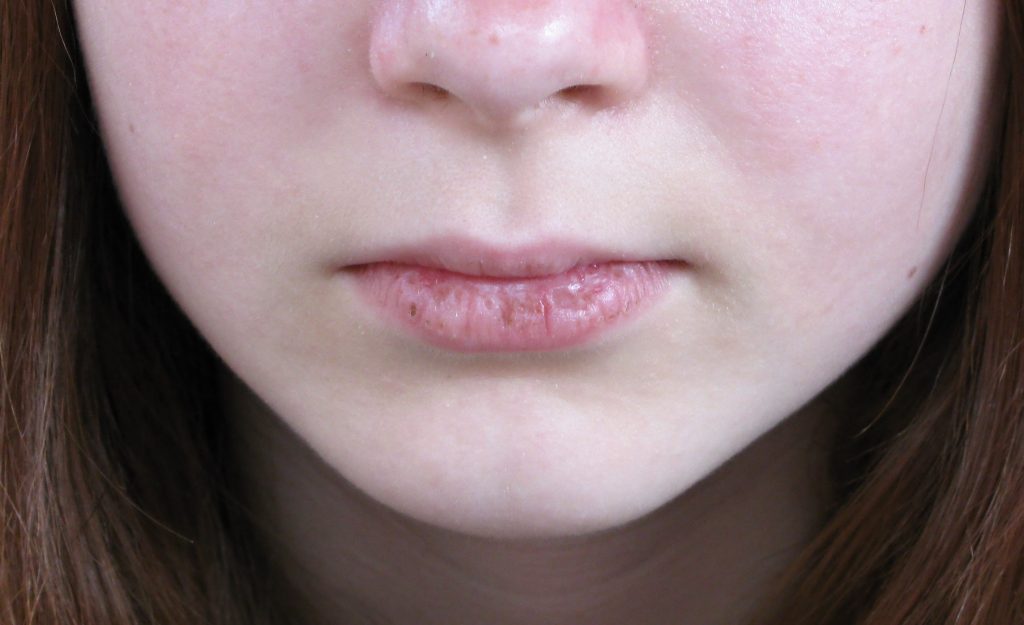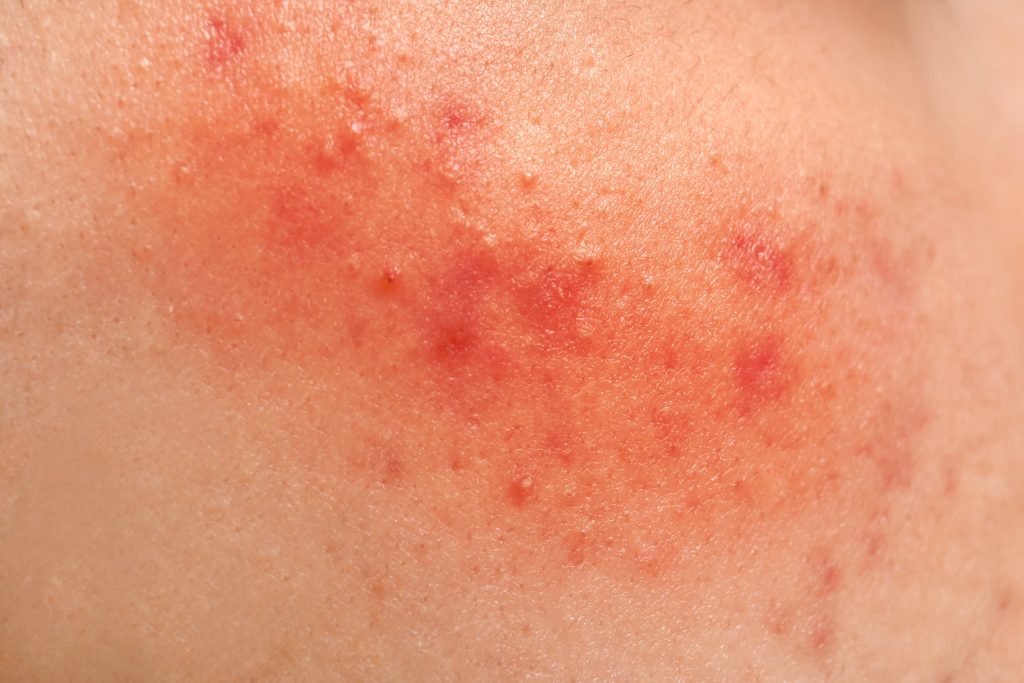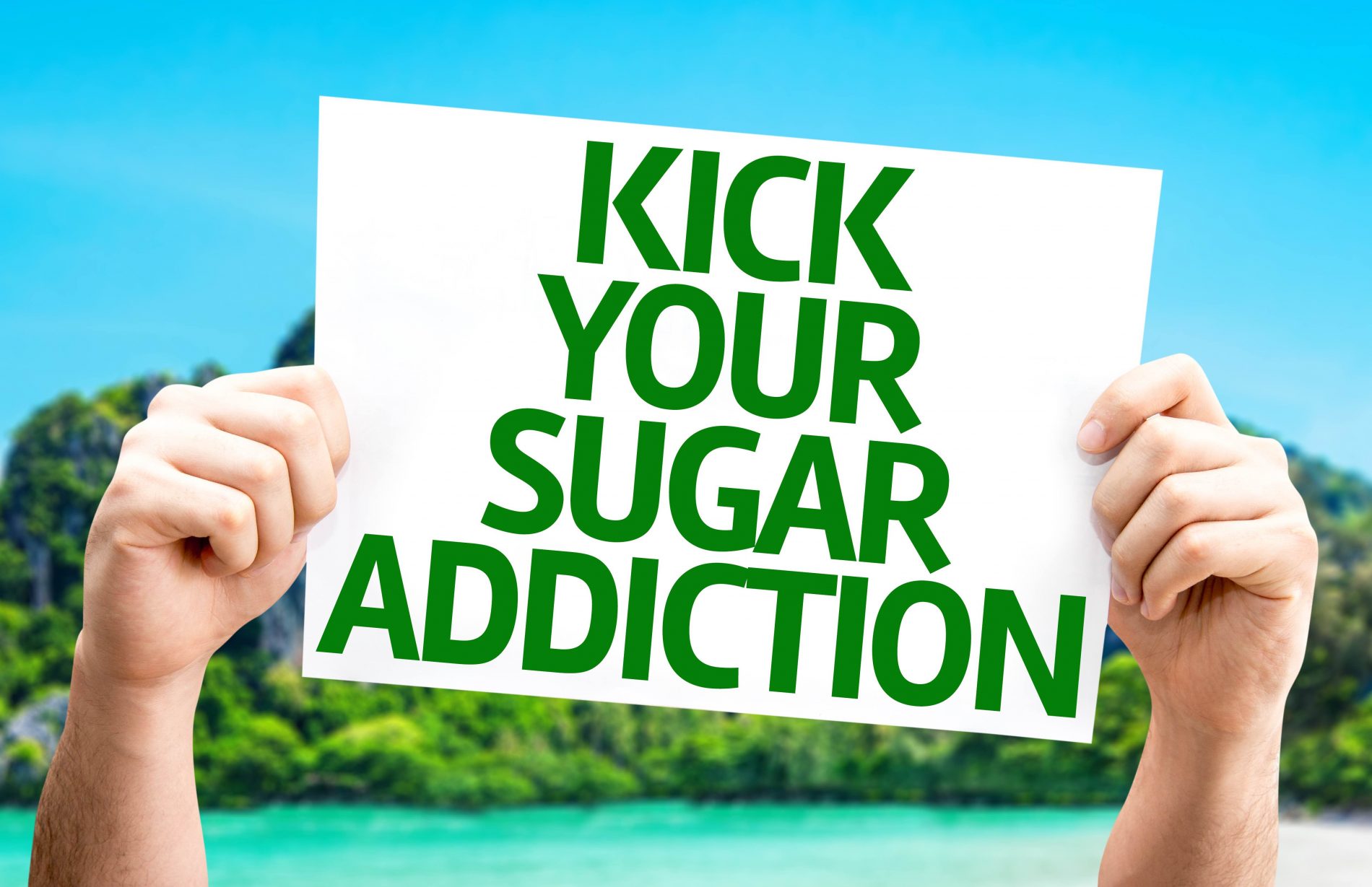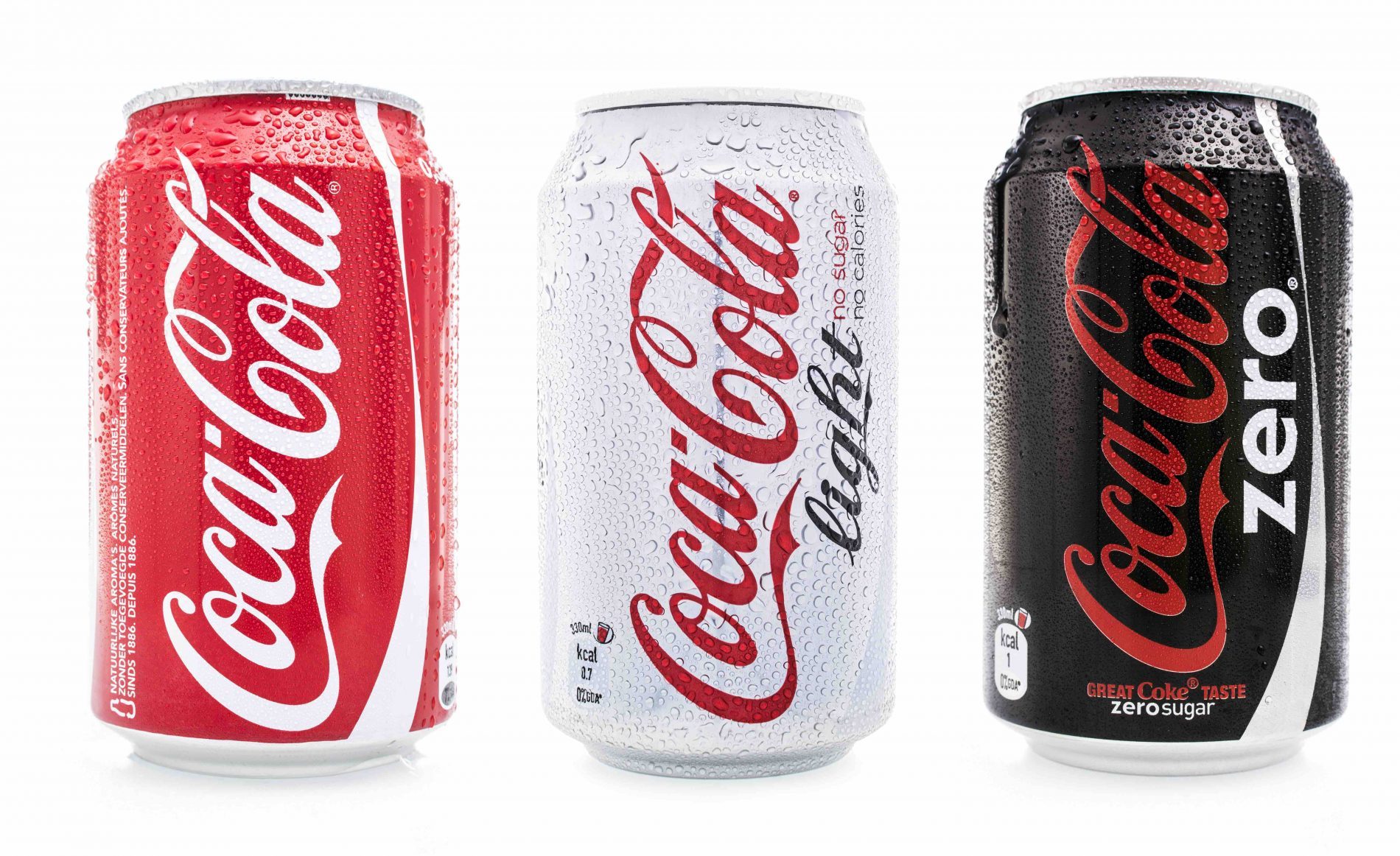It may surprise you to know that most people live on a diet that is comprised of mostly fake foods. This could come as a surprise because the differences between real food and fake food can be very subtle, and often confusing. Knowing this, is it any wonder why there is a link between our diet and chronic diseases like heart disease, diabetes, and some cancer?
You may also be wondering why fake food even exists. There are many factors that contributed to the production of fake food. After World War 2 chemical agriculture grew in response to starvation and hunger, replacing natural organic methods of farming with fertilizers and pesticides. Supermarkets replaced butchers, bakers and farmers and canned and packaged foods predominated.
Farming practices changed dramatically which affected food production and now 10 companies now control the overall food supply some of which are Coca-Cola, Pepsico, Kraft, Unilever, General Mills, Nestle, Mars, Kellogg, Proctor & Gamble, and Johnson & Johnson.
In some areas of the world affected by climate, war or other factors, the consumption of fake food has increased by more than 95 percent.
Here is a list of some fake foods that might surprise you.
Fake Steak
Some restaurants and caterers used pieces of meat that have been glued together with something called meat glue. The glue is called transglutaminase. There are a couple of problems with this glue. First, they must re-handle the meat so there is increased risk of adding more bacteria to the meat. Secondly, they don’t have to actually tell you the process of how they make this glue. Originally it came from blood plasma from either a cow or pig and then they combine that with certain things like bacteria. But then they evolved to just fermenting a bacteria to make these enzymes that make this glue. But the problem in all of this is that they are not very transparent. You don’t really know how they’re making it. If you are eating anywhere where there’s bulk filet mignon, you might want to ask them if they use meat glue.
Parmesan Cheese
Unfortunately, most parmesan cheese does not come from Parma Italy. Most parmesan cheese is made with a mixture of cheap cheeses like cheddar cheese or powdered mozzarella cheese with added cellulose, and a mold inhibitor. What is even worse is the FDA makes it legal to sell this fake parmesan cheese and that is because the cellulose is from natural sources. This source is wood pulp, and it is between 4 to 20% of the ingredients. So, one-fifth of the product is wood.
Crab sticks
Imitation crab meat has another name- surimi. They take random fish flesh or fish leftovers and add some starch whether it’s from potato, wheat, corn, tapioca and mix that with some MSG to add flavoring. Then they have to add crab flavoring because it doesn’t taste like crab and some protein but that protein is either egg white protein or soy protein. They also put some sugar in like sorbitol and some soy oil or other vegetable oils. Then they sprinkle a little sodium benzoate as a preservative to make it last longer. Then of course they add colouring to make it look like crab.
Fake tuna
Precooked canned tuna or even packaged tuna is another to look out for. One company that did some investigation into this found that 21% of the companies they found did not contain actual tuna. It was mislabeled. Instead of having tuna they had another fish called escuela. This fish is also known as butterfish or oil fish. It was banned in Japan from 1977 because they said it was too toxic. They even have a name for it, “ex-lax fish” because of the side effects of diarrhea or anal leakage. If you see your tuna looking extremely white, almost opaque white, then it is not tuna.
Extra virgin olive oil
80% of extra virgin olive oil is not extra virgin. Extra virgin means it’s processed very quickly and cold pressed. It’s a high-quality process so it has more antioxidants and when you consume it, it has a completely different taste and smell. It has a fresh smell and a taste that gives you a little tickle in the back of your throat. In the fake EVOO they add canola or just a blend of other oils so it is rancid, cooked, and heated. It does not have the vital nutrients that real extra virgin olive oil has.
Maple syrup
Most maple syrups that you buy is either made from dark brown sugar or refined white sugar with maple syrup flavoring and artificial colorings. Some are even made with high fructose corn syrup. Because these ingredients don’t have the natural antioxidants as a preservative, they have to add preservatives like sodium benzoate and ascorbic acid to prevent this syrup from spoiling.
Truffle oil
Truffle oil comes from a very expensive mushroom. Instead, they use a flavoring molecule to make some other ingredients taste like truffle oil. They use this in restaurants a lot because it is a way to save money.
Powdered instant coffee
Some of the blended ingredients include cereal, caramel, starch, malt and figs. In addition, instant coffee has something called acrylamide that is a potentially very harmful chemical. This chemical is created when the beans are roasted. Instant coffee has more than double the amount as other types of coffee. It can affect the nervous system and increase the risk of cancer if you are consuming it regularly.
Wasabi
The vast majority of wasabi in the US is simply a mixture of horseradish, hot mustard, and green dye. It doesn’t actually come from the wasabi plant. A report showed that up to 95% of the wasabi sold is not real wasabi. This is because wasabi is very difficult to grow and it’s extremely expensive. Also, when you take fresh wasabi and pulverize it, it only lasts for about 15 minutes meaning it loses its flavor. So, horseradish is used because it lasts a lot longer.
Commercial guacamole
The impostors are made with skim milk vegetable oil, water, emulsified egg yolks and a slew of gums and gels. It’s even created with isolated soy protein. Of course, to make it look green they add food dye. Some commercial guacamole only has 2% avocado!
As a retired registered massage therapist, I’ve always been interested in health. I grew up loving sports so that carried into my adult life in my chosen career paths and in my personal life. I now stay active with weight training, hiking and biking. My professional life has always been in health care. This has inspired me to seek out and adopt a life of natural health and wellness.


